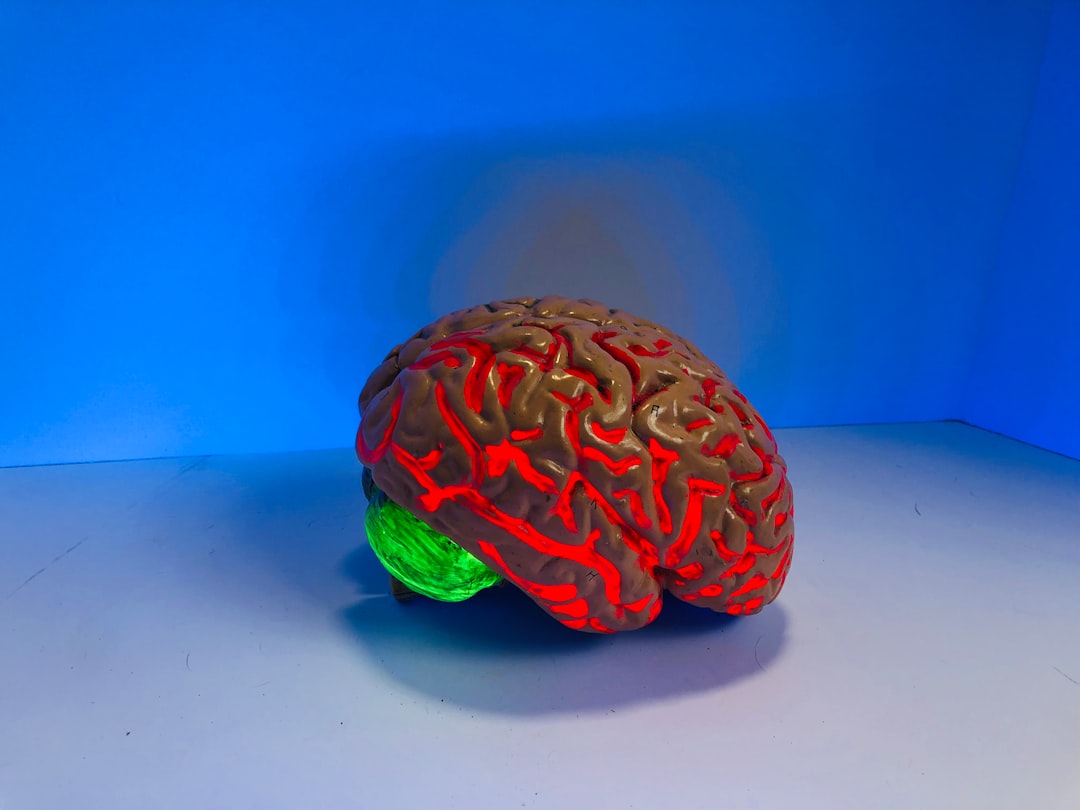What is it about?
The pulvinar is the largest nucleus in the primate thalamus and has topographically organized connections with multiple cortical areas, thereby forming extensive cortico-pulvino-cortical input–output loops. Neurophysiological studies have suggested a role for these transthalamic pathways in regulating information transmission between cortical areas. However, evidence for a causal role of the pulvinar in regulating cortico–cortical interactions is sparse and it is not known whether pulvinar's influences on cortical networks are task-dependent or, alternatively, reflect more basic large-scale network properties that maintain functional connectivity across networks regardless of active task demands. Our results show a causal role for pulvinar in synchronizing neural activity between interconnected cortical nodes of a large-scale network, even in the absence of an active task state.
Featured Image

Photo by Robina Weermeijer on Unsplash
Why is it important?
Our results reveal a causal role of pulvinar in regulating cortico–cortical interactions even in the absence of an active task structure. The results suggest that pulvinar inputs may not impact baseline responses, at least in extrastriate cortex, but rather are critical in synchronizing responses between different interconnected cortical nodes of a cortical large-scale network.
Read the Original
This page is a summary of: A causal role for the pulvinar in coordinating task‐independent cortico–cortical interactions, The Journal of Comparative Neurology, May 2021, Wiley,
DOI: 10.1002/cne.25193.
You can read the full text:
Contributors
The following have contributed to this page










